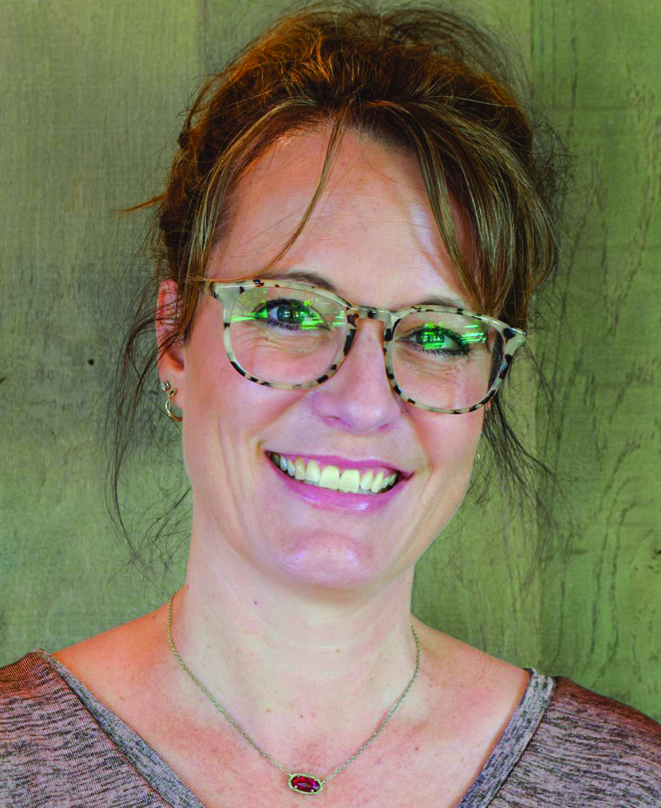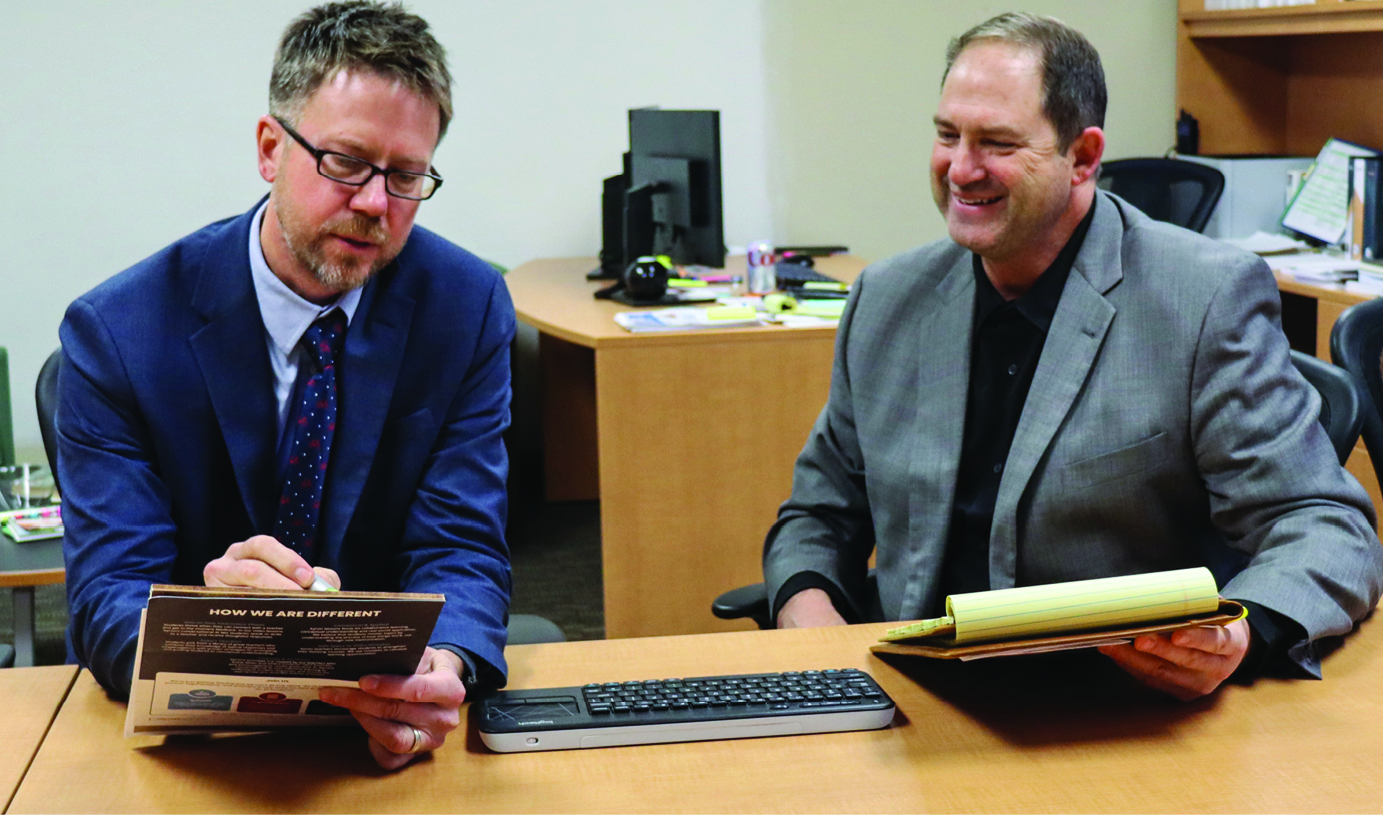The Post-Pandemic’s Digital Learning Landscape
March 01, 2024
Promises and pitfalls of online and hybrid instruction in the aftermath of COVID-19 school experiences

When the COVID-19 pandemic hit suddenly in March 2020, most schools in the United States pivoted to remote learning. In a matter of days, teachers and students who had little or no experience with distance learning were forced into remote learning while navigating the emerging pandemic’s chaotic unknowns.
Results were mixed at best. As everyone has since discovered, online learning requires extensive planning, teacher preparation, student support, pedagogical shifts and other changes and investments. None of these could happen in the few days of the pandemic’s forced move to remote learning. As such, it’s a misnomer to consider pandemic-era remote instruction to qualify as online learning.
Despite all the challenges, an unexpected result came out of remote teaching and learning. Though many students and families yearned for the normalcy of going back to a physical school, many others found they liked online instruction and the flexibility that came with it. Some students discovered they wanted control over the pace of learning and increased focus and agency over their studying, as 13-year-old Veronique Mintz clearly explained in her New York Times op-ed column in May 2020. She wrote: “I don’t miss the other kids who talk out of turn, disrespect teachers and hit one another.”
Some families of elementary school students found they liked the flexibility of scheduling based on family needs. Some students who were shy during in-person classes, bullied, stereotyped or faced health issues found that the online environment suited them better than traditional schools.
In response, more school districts than ever started providing online and hybrid learning options for their students. If you’re considering this path, here are four important ideas.
1. Emergency remote learning was not online learning.
It’s essential to understand how pandemic-era remote learning differed from the online and hybrid schools and courses that had existed for more than two decades. The accompanying graphic lists significant differences. A few essential disparities are these below.
Remote learning was implemented with little planning by necessity. Digital learning is well-planned.
Emergency remote learning went into place extremely quickly with little time for planning. Online and hybrid programs, in contrast, often are planned for six to nine months before being launched or significantly expanded. Training teachers, students and families to teach, learn and support students’ learning online takes considerable time, as does selecting or developing content, choosing technology platforms and determining instructional models.
Remote learning was required for all classes, all students and all teachers. Digital learning is intended for a subset of each.
In almost all digital learning programs other than pandemic-era remote learning, students, families, school leaders and teachers are opting in, which means all parties have shown an interest in trying something new. This contributes to an experimental, expansive outlook on what can be accomplished with new technologies, new roles for teachers and staff, and new uses of time and space.
Remote learning too often consisted of coursework delivered to the full class. Digital learning teachers often personalize learning for each student.
As schools and teachers scrambled to provide remote learning, many focused on getting the content out, resulting in classes that were even more teacher-driven and students complaining of being online for four or five hours at a time. Through thoughtful planning, online learning programs offer students comprehensive on-demand learning resources, freeing teachers to work with them to make necessary adjustments.
2. Online and hybrid learning take many forms, and examples of success are all around.
For many students and staff, the pandemic’s remote learning was their first exposure to online instruction. Yet, K-12 online schools and courses have existed since the mid-1990s and grew steadily every year before the pandemic. School districts can explore several options.
Full-time online schools offer one educational option for students who prefer to learn entirely at home or another location outside a school building. Many such schools are charters, enrolling students from across entire states. However, district-run online schools, such as those operating today in Fulton County Schools in Georgia and Clark County School District in Nevada, often focus on students within their geographic boundaries, meaning the district can offer sports and other extracurricular options for these students while maintaining continuity with families.

Hybrid schools combine online instruction with a formal physical setting that students attend regularly, although not every day. Schools like Crossroads FLEX in Cary, N.C., offer students scheduling flexibility so they can train, compete or fulfill other commitments during regular school hours. Some students also choose to engage in an internship opportunity with local businesses while attending Crossroads.
Online courses for students in traditional schools allow school districts to provide courses that are not otherwise available. Schools, especially those in rural communities, in states as varied as Florida, North Carolina, Wisconsin and Montana, tap into courses such as advanced math and world languages, provided by state programs such as North Carolina Virtual and Montana Digital Academy.
Intermediate units, such as BOCES, educational service agencies or regional centers, often play a crucial role as experts and providers of courses for small districts. In Pennsylvania, the Capital Area Online Learning Association, run by the Capital Area Intermediate Unit, already has provided nearly a million online course enrollments to districts in central Pennsylvania, some of them small and rural.
3. Students and families choose these options for various reasons.
Many students and families choose online and hybrid schools for reasons related to scheduling flexibility. Students may want to prioritize a pursuit such as a varsity sport or career interests. Parents of younger students may prioritize family time.
Other students have discovered a traditional school and classroom setting wasn’t “a good fit,” a phrase we hear often from online and hybrid school students. Some students have fallen behind in credit accumulation and must work faster than usual to make up classes. Some students and their families are looking to avoid stereotyping, such as the African-American families who found remote learning gave their children a reprieve from racist attitudes. Other students seek to accelerate their learning, in some cases to graduate early.

Hybrid schools, in particular, often find that, at first, they attract nontraditional students, but over time enroll an increasing number of mainstream students who are drawn by the benefits of an innovative school. Village High School in Colorado Springs has reported having a waitlist in recent years, as demand from students across the district exceeds the school’s capacity.
4. Innovation isn’t about technology.
Online tools, content and resources provide the foundations of online and hybrid schools. But that doesn’t mean they are the most essential element. Instead, the key factors are these:
The schools enable student learning that is self-directed and unconstrained by time and place.
The flexibility fits with the principles of Universal Design for Learning and helps these schools meet the needs of a broader range of students.
Relationships with caring professionals — teachers and counselors — flourish because the adults have the time. Relationships are built into their jobs.
Students are engaged because the flexibility and those relationships support them and their ability to pursue their own interests.
Relationships, in particular, are the secret sauce of many online and hybrid schools. Teachers can focus less on managing classes and delivering lectures and spend more time on one-on-one and small-group instruction, which also helps them better understand and relate to their students.
Some schools invest in a much higher counselor-to-student ratio or have teachers take on a counseling role so that someone in each school knows each student incredibly well — not just how they perform academically but their post-school interests and day-to-day issues and challenges. At Crossroads FLEX Academy, teachers instruct all grades 9-12 in one subject, allowing ongoing student-teacher interactions across all four years.
Future Possibilities
These new innovative educational approaches aren’t going away. More students than ever are in online and hybrid schools. Many of these are charter schools, and a growing number are private schools or micro-schools, partly fueled by voucher and educational savings account laws passed in more than a dozen states and being considered in many others.
Online and hybrid schools and courses are growing within school districts as well. Most people see their local schools and districts as part of their communities. They want their local schools to flourish and their school-age children to partake of all the elements tied to a school besides teaching and learning. It doesn’t have to be an either/or situation for families.
If more school districts learn from others’ experiences and launch or improve their innovative learning options for their students, everyone can benefit.
John Watson is co-founder of the Digital Learning Collaborative and the Digital Learning Annual Conference in Durango, Colo.
Advertisement
Advertisement
Advertisement
Advertisement




.png?sfvrsn=ffae7191_7)

